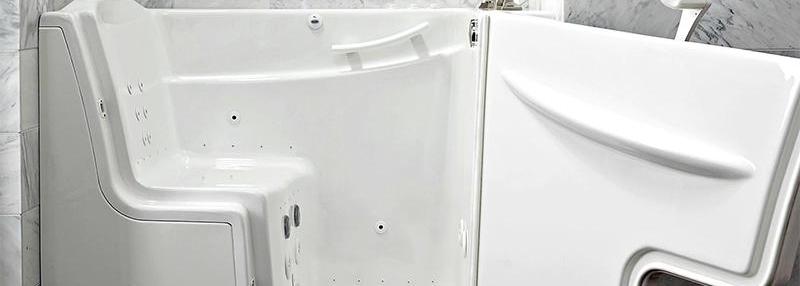Office headaches are a common problem that can hinder productivity and cause significant discomfort. Long hours at a desk, poor posture, and stress can all contribute to the onset of headaches. While many people turn to expensive treatments or medications for relief, there are simple, cost-effective strategies you can implement to prevent headaches from developing in the first place. Let’s explore practical headache prevention tips for the office that don’t require a hefty price tag.
Advertisement
1. Improve Your Posture
One of the primary causes of office headaches is poor posture. Sitting for extended periods in front of a computer screen can strain the neck, shoulders, and upper back muscles, leading to tension headaches. Over time, this can result in chronic pain and discomfort. Fortunately, improving your posture can help prevent these headaches.
To maintain proper posture, make sure that your workstation is ergonomically designed. Your computer screen should be at eye level to avoid straining your neck, and your chair should support the natural curve of your spine. Keep your feet flat on the floor with your knees at a 90-degree angle, and avoid slouching. If you find yourself staring down at your screen, consider using a monitor stand or adjusting the height of your desk.
Taking frequent breaks is also essential. Every 20-30 minutes, stand up, stretch, and walk around for a few minutes to alleviate any muscle tension. This simple adjustment can significantly reduce the risk of developing headaches due to poor posture.

2. Stay Hydrated
Dehydration is a common but often overlooked trigger for headaches. When you’re working in an office setting, it’s easy to forget to drink enough water, especially when you’re focused on tasks. However, dehydration can cause the brain to shrink slightly, leading to pain and discomfort.
To prevent dehydration-related headaches, aim to drink water consistently throughout the day. Keep a water bottle on your desk as a reminder to sip regularly. If plain water feels too bland, try adding a slice of lemon or cucumber to make it more enjoyable. Avoid excessive caffeine or sugary drinks, as they can dehydrate the body and make headaches more likely.
A good rule of thumb is to drink around eight 8-ounce glasses of water per day, but this can vary depending on your activity level and climate. If you’re unsure whether you’re drinking enough, pay attention to the color of your urine—it should be pale yellow if you’re adequately hydrated.
Advertisement
3. Manage Stress Effectively
Stress is a major contributor to both tension headaches and migraines. The pressures of deadlines, meetings, and demanding workloads can cause your muscles to tighten, leading to discomfort. Learning how to manage stress effectively is key to headache prevention in the office.
One way to manage stress is by practicing relaxation techniques, such as deep breathing or mindfulness meditation. Taking short breaks to engage in these practices can reduce the tension in your neck and shoulders, which often triggers headaches. Additionally, try incorporating light physical activity into your day, such as stretching or yoga. This can help reduce muscle stiffness and improve circulation, promoting relaxation.
Another effective strategy is setting clear boundaries between work and personal life. Avoiding overwork and making time for activities that help you unwind can reduce the overall stress you experience during the workday. Consider scheduling regular breaks, even if it’s just a few minutes to step away from your desk and breathe deeply.
4. Optimize Lighting and Screen Settings
Poor lighting and staring at a screen for long periods are two common factors that contribute to headaches, especially in office environments. Bright fluorescent lights, glare from windows, and screen strain can all contribute to discomfort and fatigue, leading to headaches.
To reduce the risk of headaches related to lighting, adjust your workspace to ensure you have adequate and comfortable lighting. If possible, use natural light from windows or opt for warm, soft artificial lighting rather than harsh overhead fluorescents. Consider investing in a desk lamp with adjustable brightness to help reduce glare and strain.
Additionally, make sure your computer screen is set to the right brightness level—too bright or too dim can cause eye strain and trigger headaches. Most devices also have settings that reduce blue light exposure, which can help ease digital eye strain. You might also want to adjust the text size on your screen to avoid squinting and straining your eyes.

5. Take Breaks and Stretch
Sitting for long periods without moving can contribute to tension headaches by causing muscle stiffness and poor circulation. It’s crucial to take regular breaks throughout your workday to avoid this buildup of tension.
Incorporating simple stretches into your daily routine can also help. For example, you can try neck stretches to relieve tightness in the upper back and shoulders. Gently tilt your head to one side and hold for 20-30 seconds, then repeat on the other side. Another effective stretch is shoulder shrugs—raise your shoulders towards your ears, hold briefly, and release. These stretches can help alleviate muscle tension that could lead to headaches.
Moreover, it’s important to get up from your desk and walk around every 30 to 60 minutes. Walking not only helps relieve muscle stiffness but also increases blood circulation, which can reduce the likelihood of headaches. Small changes like these can make a significant difference in preventing headaches and promoting overall well-being.
Advertisement
Final Thoughts
Preventing headaches in the office doesn’t have to involve expensive treatments or medications. By improving your posture, staying hydrated, managing stress, optimizing your workspace, and incorporating regular breaks and stretches, you can significantly reduce the risk of headache onset. These simple, affordable strategies can have a lasting impact on your health and productivity. Remember, consistency is key—by adopting these habits into your daily routine, you’ll be able to enjoy a headache-free workday and enhance your overall quality of life.
References
- “Headache Prevention Tips for the Workplace,” American Headache Society, accessed January 9, 2025, https://americanheadachesociety.org/.
- “Workplace Wellness: How to Avoid Stress and Headaches,” Harvard Health Blog, accessed January 9, 2025, https://www.health.harvard.edu/.
- Kate Johnson, The Office Wellness Handbook (New York: Office Health Publishing, 2021), 73-76.
- “Ergonomics and Workplace Health,” Mayo Clinic, accessed January 9, 2025, https://www.mayoclinic.org/.


